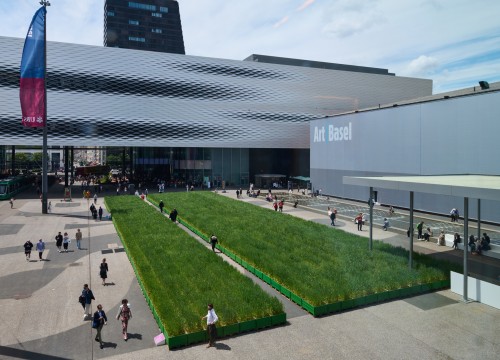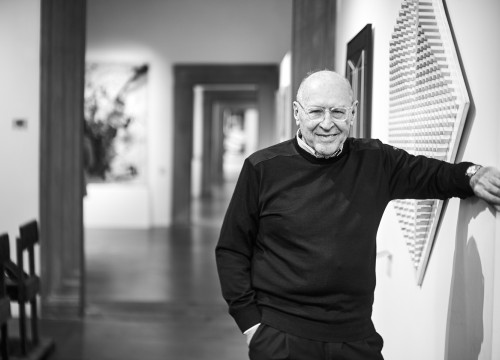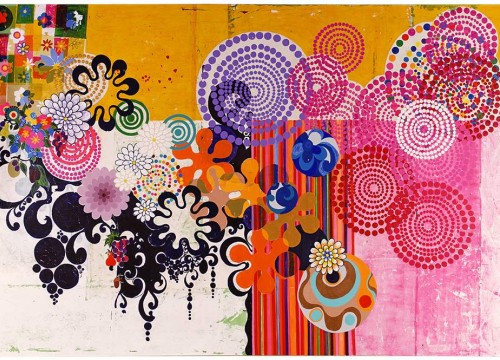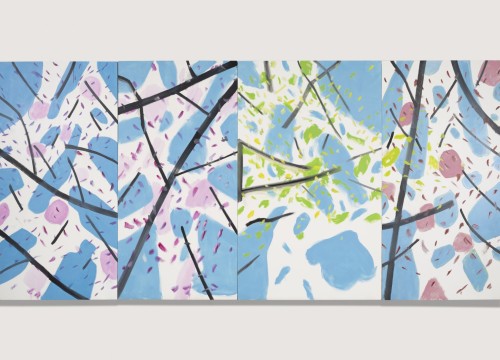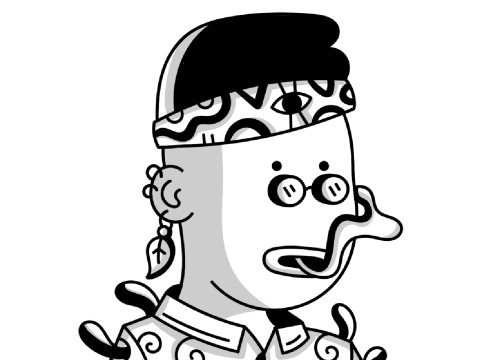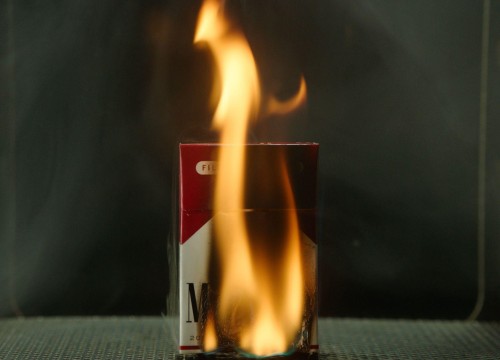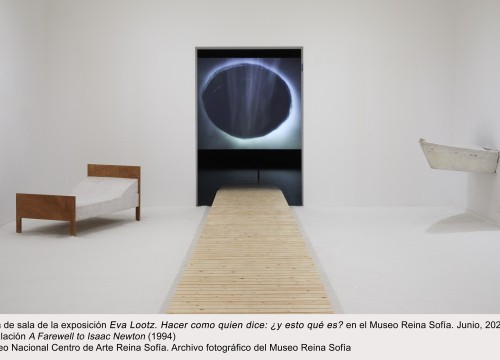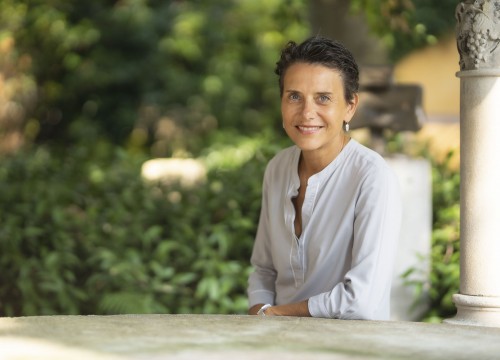The women's biennale
Since 1988, I have never missed a visit to the Biennale of Venice. I have literally seen every type of edition, each one reflecting the vision of its curator. I have gone from Achille Bonito Oliva’s vitalistic and highly erotic vision to the somewhat gloomy and pessimistic vision of Jean Claus. I witnessed the discovery of contemporary Chinese art in the one by Harald Szeemann and the boring, good-guy who studied anthroposophy, of Massimiliano Gioni, husband of the current curator, Cecilia Alemani.
- Read more about The women's biennale
- Log in to post comments
- 80 views



